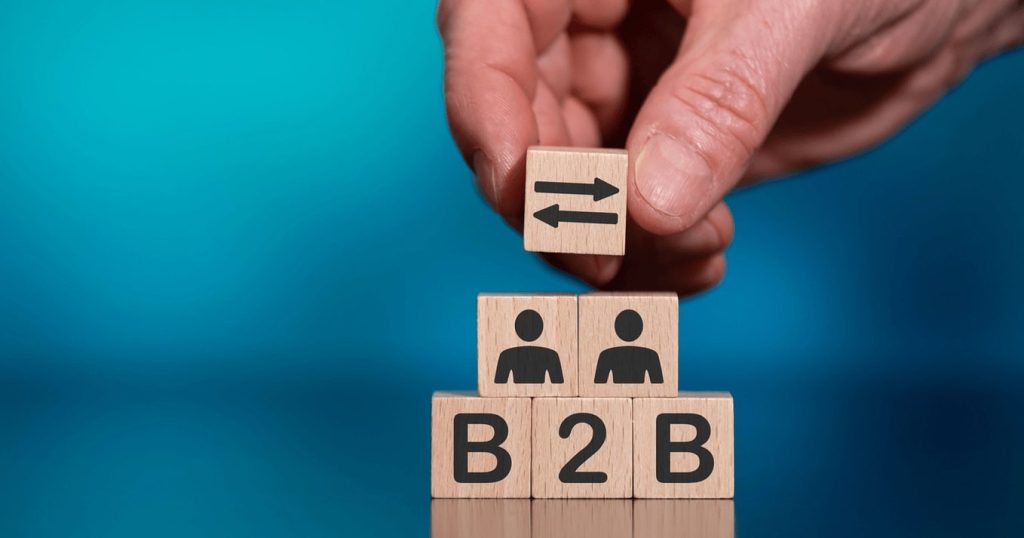
Generating leads alone isn’t enough for sustainable B2B growth in today’s informed market—B2B demand generation strategies are essential to nurture interest, foster trust, and draw prospects organically. This guide delves into scalable B2B demand generation strategies, from educational content to precision targeting, empowering businesses to create lasting demand and convert discerning decision-makers effectively.
Demand generation not only fills your pipeline, but also fosters brand loyalty, long-lasting relationships, and develops an interest in your product or service. It is all about inviting your readers to you and not the opposite. Now, we are going to consider the most viable and scalable techniques, which can be employed by contemporary businesses to attract, engage and convert high-quality leads.

1. Create Leadership Thinking With Educational Materials
Valuable content is the mainstay of a demand generation strategy. Your readers are not looking to read a sales pitch; they are looking to read the content that will assist them in solving particular issues. Post blogs, whitepapers, webinars and LinkedIn articles with real information.
An example of this is a cybersecurity company that can release an article about how to secure customer information in a hybrid cloud environment. Such kind of material not only generates organic publicity, but also makes your brand an authoritative voice. In the long run, such a power forms the basis of long-term demand.
2. Precision Targeting with Account-Based Marketing (ABM)
Account-Based Marketing (ABM) is one of the most effective methods of B2B demand generation. Rather than making hundreds of unqualified leads, ABM is narrowly focused on making a handful of high-value companies that align with your dream client profile.
With a coordinated marketing and sales structure, you can provide hyper-personalized marketing using LinkedIn Ads, customized landing pages, and targeted outreach. ABM is an effective strategy in increasing the rate of conversion as well as reducing the length of sales cycles when applied correctly and hence should be considered an inexpensive way of increasing demand.
3. Personalize and Automate Email Nurturing Campaigns
Email is one of the best B2B communication mechanisms as it is individualized and information-oriented. In order to send timely and relevant messages to your audience in order to segment it, use marketing automation software, such as HubSpot or ActiveCampaign.
E.g. when a lead downloads your case study, follow up with a product demonstration or a webinar invitation. Automation guarantees constant involvement, whereas personalization helps the prospects feel appreciated and recognized.
4. Take Advantage of Paid Advertising to Drive Demand
Paid advertising is a wonderful idea that can be used to quickly increase exposure. Other platforms such as LinkedIn, Google Ads, and YouTube can be targeted with high specificity on the basis of a job title, industry, and size of the company. Rather than doing general advertising, work on your intent-based campaigns that directly appeal to the pain points of your buyers, such as Reduce Software Costs by 30% with AI Automation.
Blend these campaigns with retargeting to keep in mind those prospects that have already engaged with your brand.
5. Enhance Data and Analytics
The key to scaling successfully is having knowledge of what is and is not working. Monitor content performance, lead engagement and ROI with Google Analytics 4, HubSpot Insights, and SEMrush.
Look beyond vanity metrics. Target such metrics as the quality of leads, conversion rate per channel, and customer acquisition cost (CAC). Data-based optimization will make sure that each dollar of marketing investments will help to grow.
FAQs
1: How is the primary difference between demand generation and lead generation?
Although they both pursue the attraction of new customers, demand generation is more widespread and strategic. It is concerned with helping to educate the market, instill trust and develop relationships way before a prospect turns into a lead. Lead generation, in contrast, is aimed at collecting the contact data and transforming it into sales leads. In brief, long-term growth is driven by demand generation, whereas short-term results are delivered in that ecosystem by lead generation.
2: How do B2B demand generation strategies generate measurable results?
The duration of traction is usually 3-6 months, which is determined by such variables as the audience size, industry, and the quality of the campaign. The actual worth of demand generation is consistency. The greater investment you make in content, automation, and relationship-building, the greater the exponential outcomes in the long term. Imagine it as planting seeds that would turn into a long-term revenue engine – not a single-purpose campaign.
Conclusion
There is no such thing as an overnight successful B2B demand generation strategy – rather it is a strategic approach that is formed through diligent efforts, sound informed decision making and sincere customer education. The right audience will automatically be drawn when businesses are aimed at fields of contributing value rather than selling.
From ABM to automation and analytics, all tactics mentioned here constitute an incremental demand ecosystem. Continue refining, measuring and optimizing and you will turn marketing into an actual growth engine and not a cost center.




